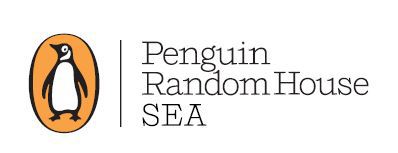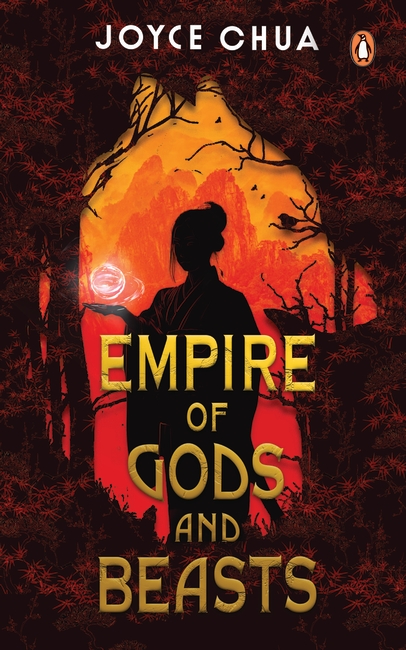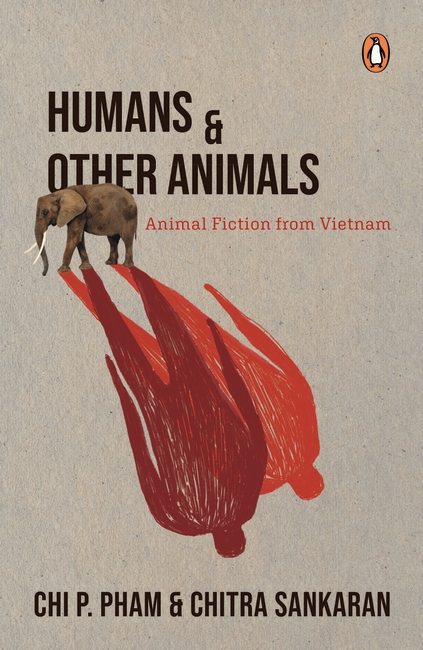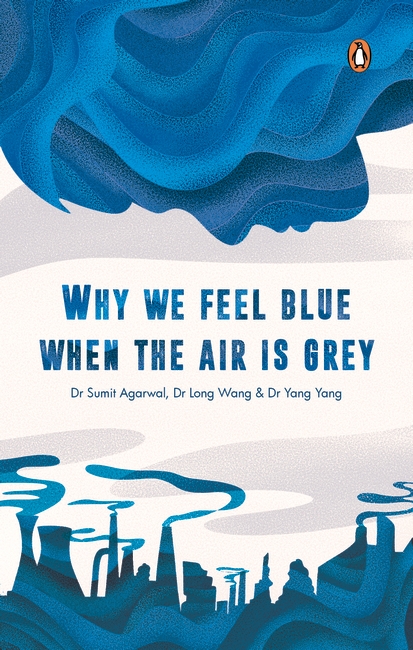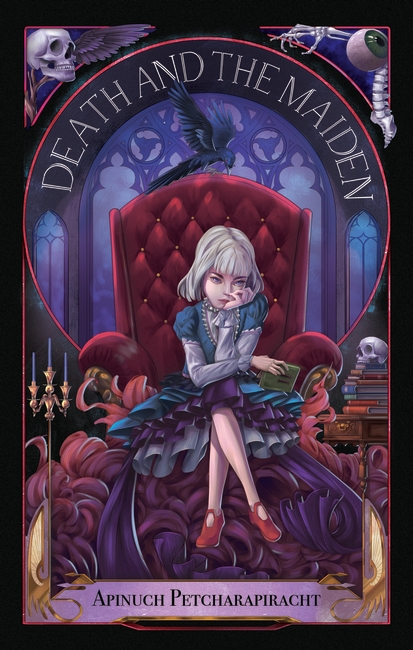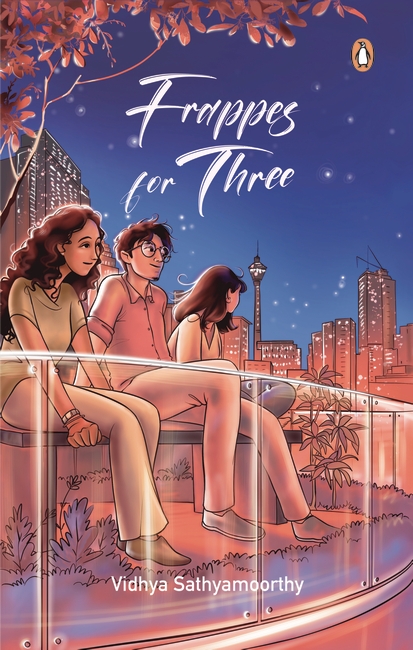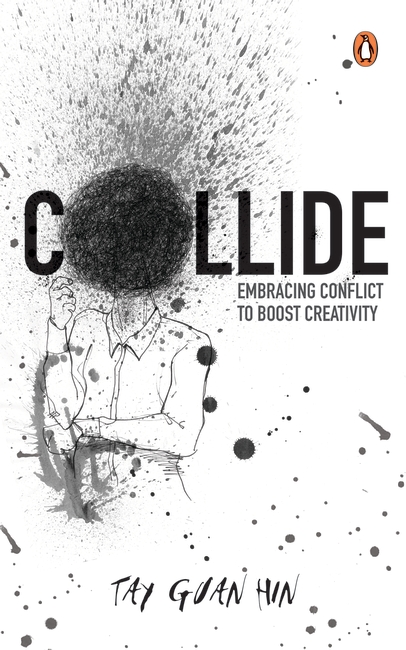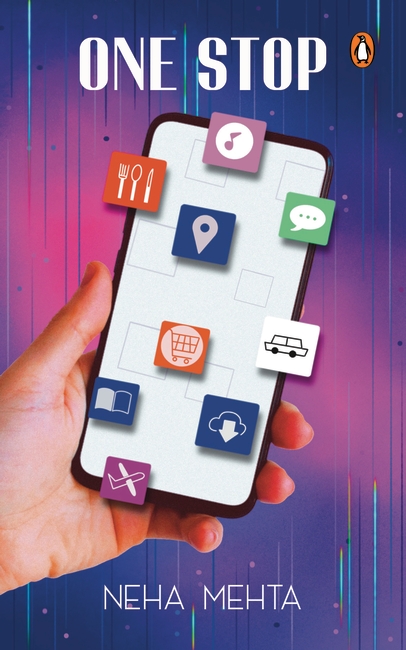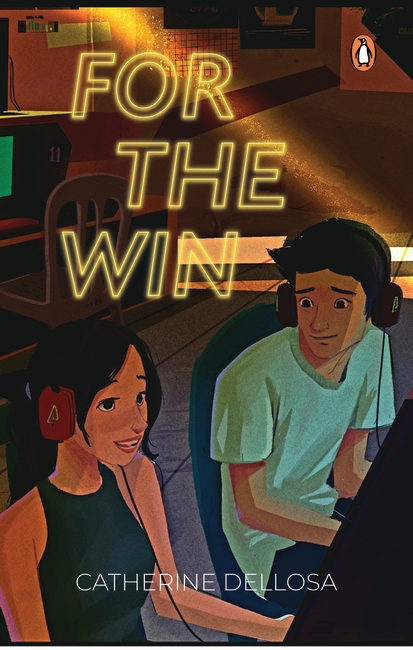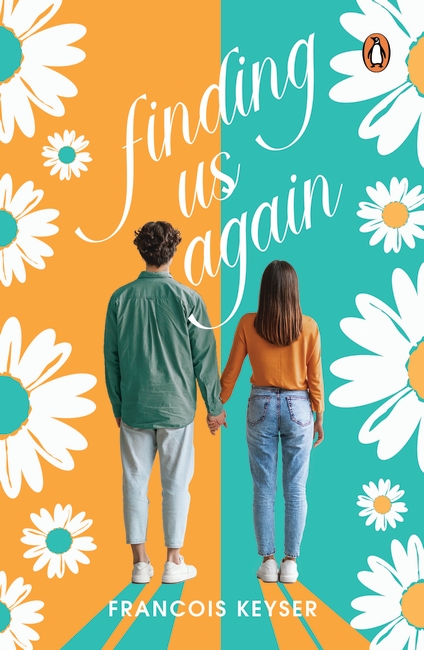
Four Elementals in the running. One final battle awaits.
Beware the monster in the mountains.
The bloody battle between Lettoria and Oasis Kingdom saw the destruction of the Wall that has kept magic out of the Oasis Kingdom for centuries. Now, the kingdom dissolves into chaos with Emperor Han at the helm and rampant magic spilling across the land.
As Desert Rose and Windshadow return to the kingdom in search of the last Elemental, rumours of a rebel prince arrive from the west, heralding a revolution.
Meanwhile, an ancient power stirs within the deep dark heart of Yeli Mountain, awakened by the magic flooding the kingdom.
As the Elementals draw closer to the final race at the Immortal Spring, the last gateway to the realm of gods and beasts, they can only rely on the powers they inherited from the gods to stay alive in the destruction and rebirth of the new world.

This volume consists of a critical introduction and translations of nine short stories on animals by prominent Vietnamese writers from the French colonial period (1885-1945) to the present-day. These stories have been in active circulation and have been highly regarded in literary circles in Vietnam since 1986, the ‘Year of the Reform’, when Vietnamese literary works were politically and culturally ‘liberated’ and engaged with greater commitment to criticizing, among other things, mainstream ideologies. Specifically, since the inception of ecocritical awareness in Vietnam from the start of the 21st Century, there has been an intellectual movement that has explored and recovered Vietnamese environmental, animal and climate crisis stories since medieval times. These are valued as voices that challenge and counter mainstream socialist ideology that overlooks the survival and lives of marginalized beings, including ethnic minorities and non-human nature. The authors have carefully selected the best animal stories that have been identified as the most influential in Vietnamese literature, which are deserving of global recognition. They have been chosen from various short story collections and literary textbooks—prescribed in schools and colleges—in Vietnam. The critical introduction begins by sketching the field of Animal Studies drawing upon various contemporary theoretical perspectives. It then goes on to examine the historical origins and formulations of animal stories in Vietnam. This section carefully traces the symbolic significance of animals in Vietnamese cultural imaginary. The ensuing section discusses the impact of ecocriticism and contemporary status of Animal Studies in Vietnam. The final section provides critical insights on the stories in the collection.

Step by Step is the compelling and insightful biography of Pemba Gelje Sherpa, one of his generation’s most accomplished Nepalese mountaineers. Having climbed twenty-one peaks over 8,000 metres, including eight ascents of Everest, Pemba reveals his remarkable journey from a humble village boy to a world-renowned guide and environmentalist. Through candid conversations along the trek to Everest Base Camp, the biographer captures the essence of Pemba’s character, values, and vision. Pemba belongs to the new breed of Sherpas who are passionate about preserving the Himalayas, empowering their communities, and carving their own path in life.

Unveil the obscured world of air pollution as you embark on a compelling journey with Ian. In this gripping book, each chapter uncovers a new layer of the crisis, leaving readers enlightened and impassioned.
From the very first chapter, the stark reality of polluted cities takes hold. Join Ian as he delves into the causes and solutions of air pollution in urban areas. Mobile and stationary sources, agricultural areas, and the menacing forces of wildfires and sandstorms converge, forming a suffocating cloud. As the curtain lifts on these sources of pollution, it becomes glaringly clear that the impacts on daily life have long been overlooked.
Venture further into the pages of this captivating narrative to unearth the profound repercussions of polluted air. Witness the connection between air pollution and disease, as empirical evidence reveals decreased life expectancy and increased hospitalizations. Discover how pollution engulfs workplaces, stifling productivity across sectors from agriculture to manufacturing and the service industry. The altered consumption patterns and diminished satisfaction of individuals trapped indoors during hazy days become vividly apparent. Through masterful storytelling, the author illuminates hidden threads linking air pollution to diverse facets of society. From the enthralling dynamics of the real estate market under smoggy skies to the clandestine practices of nighttime emissions, each chapter paints a vivid portrait of a world grappling with the consequences of pollution. Engage with this thought-provoking exploration, urging readers to confront the urgent need for change in the face of a crisis that permeates every aspect of life.
Embark on this essential journey and empower yourself to champion change. Ian as he navigates the fog of pollution, unmasking its perils and inspiring a collective determination to build a brighter future.

Who wouldn’t cry when they realize that they are dead?
The capital beyond twilight is full of nocturnal birds squealing annoyingly on electricity poles. Who would have known that they were messengers of death who perform music to send souls to the underworld?
Stella is a ghost boy in a skirt who lives in an abandoned tower in the middle of the capital. He calls himself the Eleventh Floor Theater Administrator. Every evening he wakes up to repeat the same routine, caring for lost children, watching a spectacular parade of the Defeated Gamblers. The boy wonders why the Reaper whom he lived with had not yet sent his soul away.
What secrets are the Reaper keeping from him? And what is he being protected from?

Maya Joseph is a Penang girl who dreams of becoming a writer despite her father’s objections.
Chong Mei Li is a stylish fashionista who wants to make her mark in the fashion world, although her parents want her to preserve their legacy by taking over the family business in Sabah.
Rohan Das, born and raised in Delhi, needs to work hard and secure a good job to support his middle class family. As the first born son, there’s a lot of pressure for him to excel and little room for him to explore his own interests.
As luck would have it, their paths cross at Maestro University and this unlikely trio soon become good friends. They each have their own dreams and aspirations, but struggle with the burden of family expectations, difficult lecturers and self-doubt. But no matter what happens, they’re always there for each other.
This story of love, loss and self-discovery reminds us that university life, often bittersweet, carves us into the people we are today. And many of the lessons we gain are learned outside the classroom with our dearest friends.

Creative conflict is the world’s most powerful ideation technique. It’s an essential requirement for breakthrough-thinking and the secret behind every invention and innovation ever made.
Are you overwhelmed by problems that need solving? Stuck looking for ideas? Pressured by deadlines and worried you don’t have a creative bone in your body? Then this is the book for you!
Collide demystifies the process of how to come up with effective, problem-solving ideas.
This book will help you discover how to unlock the transformative power of creative conflict. You will become an expert at sparking creativity. By the time you get to the end of this book, you will have all the tools to brainstorm like a champion.
But be warned. Smashing ideas together is messy. Things will be broken. There are dangers ahead and I can’t protect you from all of them. It’s time to put your safety goggles on. The ride’s about to begin.

In the hustle-and-bustle of our world today, convenience and efficiency have become hallmark appeals, even essential factors, in many people’s lives. New applications are churned out every day to respond to this demand. But nothing says ‘hassle-free’ more than Super Apps; apps that allow users to access several services from one single application.
With Super Apps like Grab and WeChat gaining popularity, and tech giants and FinTechs looking to stake their claim in this digital revolution, many might be wondering: What exactly are Super Apps? What is their significance in our world today?Are they the future for all things digital?
In One Stop, award winning FinTech lawyer, former diplomat, and dedicated social entrepreneur Neha Mehta answers these questions by tracing the history of Super Apps and analyzing cultural differences in their adoption and popularity (or lack thereof) in the East and West. Through stories of well-known Super Apps and in-depth interviews with central banks, entrepreneurs, and FinTech industry experts, this book illustrates the Super App revolution—the way it disrupts, innovates and creates opportunity.
With the COVID-19 pandemic as a background highlighting the need to move to digital platforms, One Stop also examines how Super Apps can potentially create an inclusive and sustainable world for all, in a future that looks increasingly digital.

Eighteen-year-old Nathaniel Carpio has been having chicken inasal with his best friend Elena Dizon at their favourite sidewalk grillery for four years now, and he likes that things are always the same. But then, on a particularly bad day, Lena whips out a silly six-peso coin to comfort him, and-with the moment holding nothing and everything at the same time-Nat realizes that he’s fallen in love with her.
It only makes sense that when Tala Tales Games-local developer of their favourite real-time strategy game Mitolohiya-offers college scholarships to a select few, the two of them should go for it, right? Nat certainly thinks so-there’s nothing better than spending the rest of his life with Lena doing something they both love.
But just when Nat’s game plan is coming along nicely, in pops a new challenger-Rafael Antonio, the world-renowned Filipino voice actor for the hero Apolaki in Mitolohiya. Now, star-struck Lena spends all her time bonding with her online idol, and Nat starts to feel more and more like a boring Non-Playable Character with zero chance against the Big Final Boss.
With the scholarship program underway and his future hanging in the balance, Nat embarks on an epic quest to compete with the celebrity in a real-world PvP match he’s not ready for. But in the midst of life’s frustrating glitches, epic wipeouts, and disastrous rage-quitting, is winning over his best friend the right strategy after all before it’s Game Over?

Bryce and Nora fall in love in their last year of high school. They worry about their relationship surviving after graduation but are separated sooner when Bryce’s father is transferred and Bryce has to leave.
Bryce promises to write but not in a conventional way. He promises to leave messages behind pictures in hotels where his father works. He tells Nora if she finds his messages, they are meant to be together.
Years pass and Bryce leaves messages for Nora as promised, but wonders if it may be more of a habit than anything else.
Bryce and Nora have moved on to other partners over the years and while Bryce still leaves messages for Nora, she has mostly forgotten his promise until she finds an old photo of Bryce. She begins to search for his messages and succeeds in finding one.
This action is enough for fate to trigger a series of serendipitous events that will bring Bryce and Nora together again but at what cost and who will pay the price?





